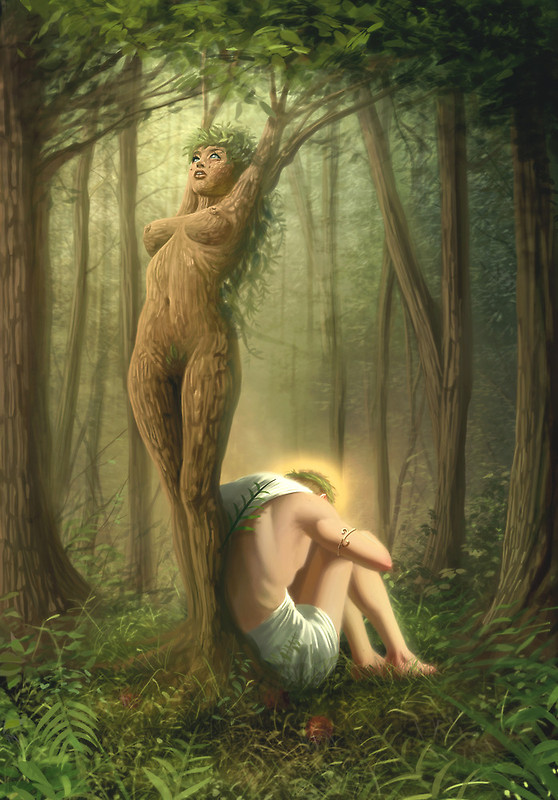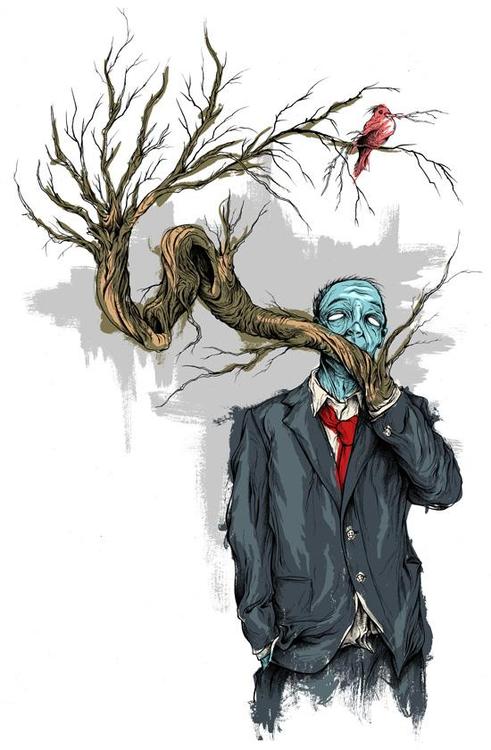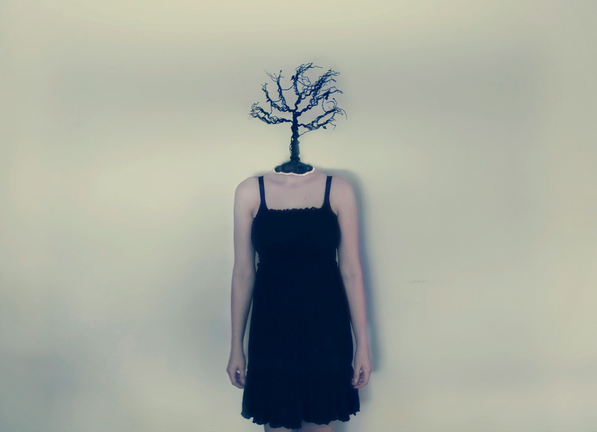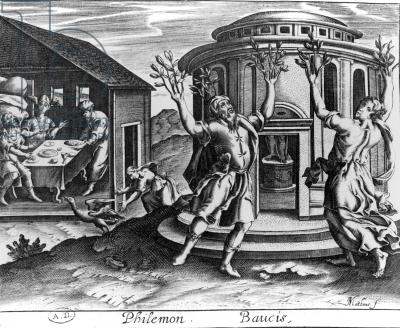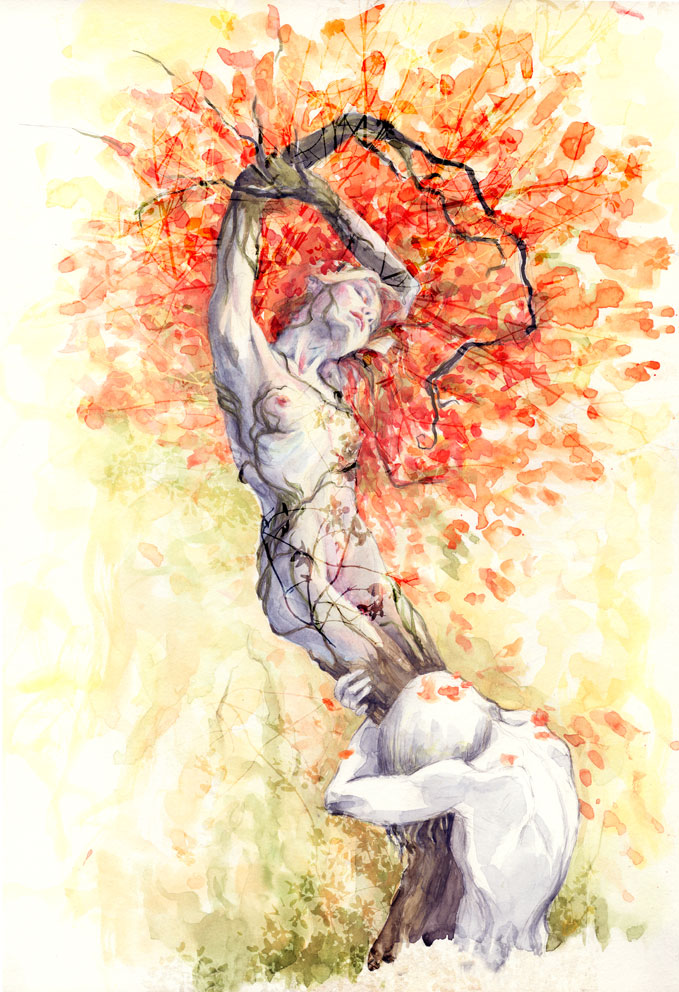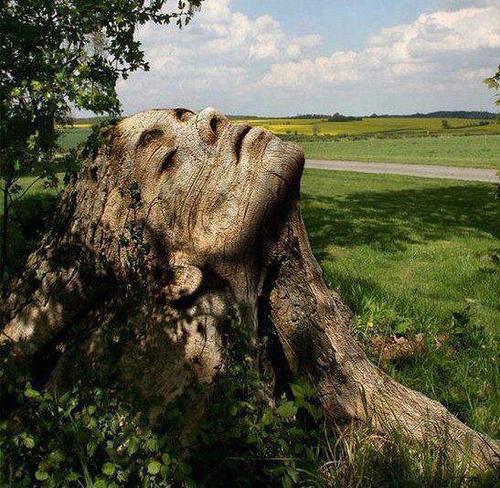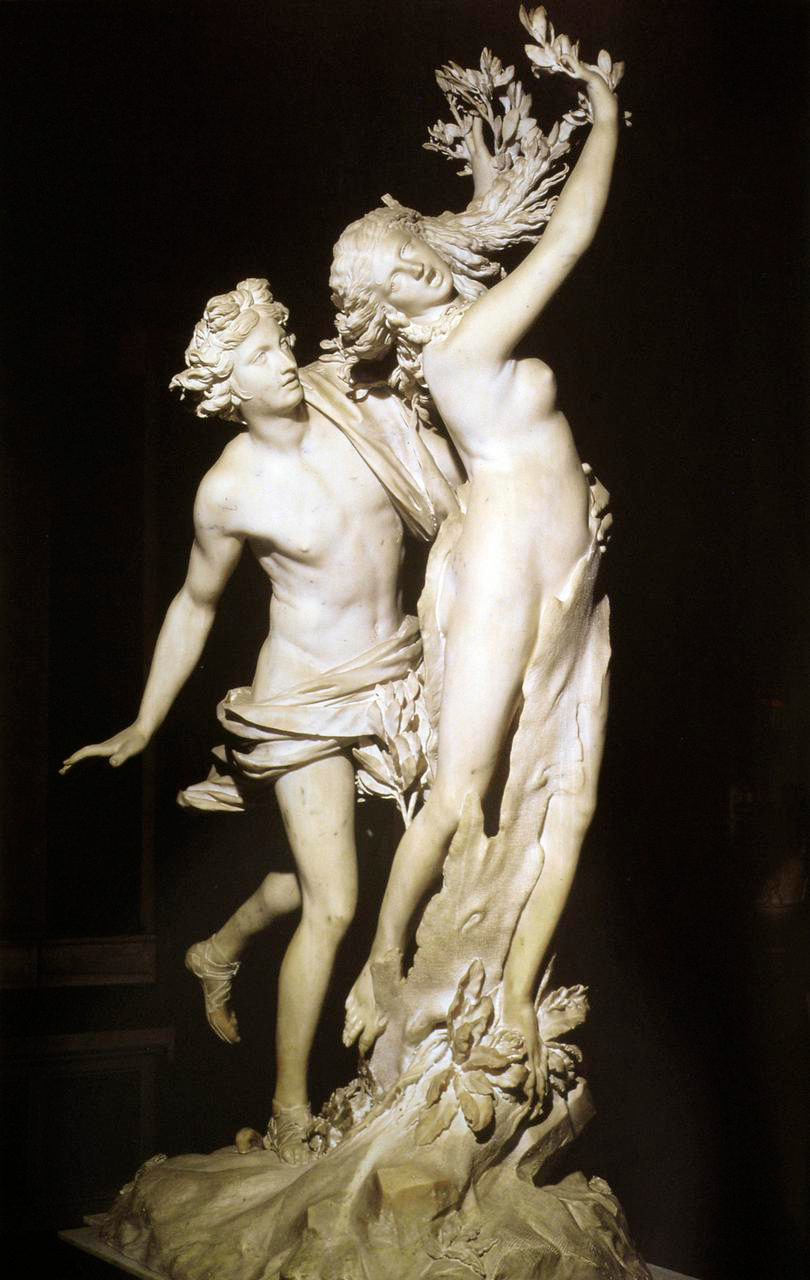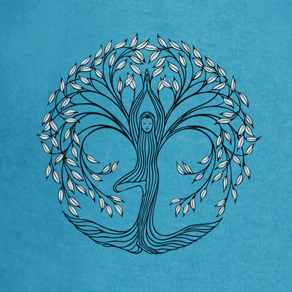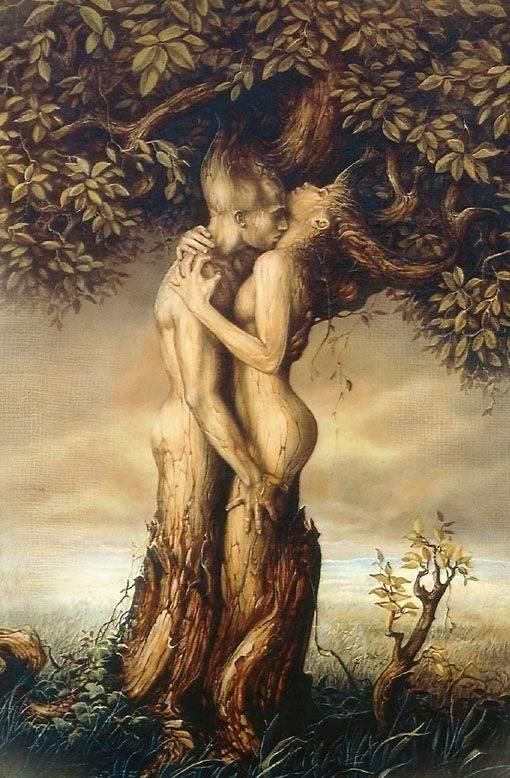Pairing Installations: Whispering Rainbow and Shelter for a Memory

Hanieh Alizadeh, Mahmoud Ganji, Mehdi Rabie (EOT design studio). Whispering Rainbow, 2012. Satin ribbon. Hefdah-E-Shahrivar Street, Tehran. Photo via EOT design studio’s Facebook.
When every object we touch is factory-made, are manufactured environments somehow more real? Both Alexandra Kehayoglou’s Shelter for a Memory and EOT design studio’s Whispering Rainbow are knowingly synthetic; they mimic the earth’s beauty as a tribute by celebrating some of the most joyful natural elements. Shelter for a Memory’s delight arises from a collaboration between man and nature — a wooden swing that within the myth of the scene hangs from a towering, enveloping tree. In a similar way, Whispering Rainbow is a collaboration through appropriation, a reenvisioning of a rainbow remade in 150 rolls of satin ribbon (a potentially natural medium). When the wind blew the satin shook to create the sound of rain, adding an audible dimension to the rainbow’s recreation.
Whispering Rainbow evokes only happiness, and its installation across a public street in Tehran makes seeing it fun and serendipitous. Shelter for a Memory differs in both respects: viewers enter its space with certain expectations because of its place in a gallery, and the scene’s deliberate edges create a conceptual frame that conveys a sense of disillusionment and inauthenticity when seen from a distance. But its title acknowledges the potential for fiction in nostalgia, and Kehayoglou creates her wool rugs through a hand-tufting process that lends a truth to the piece. Together, both installations ask: can an artificial environment carefully crafted by human hands be more real than the nature it imitates?
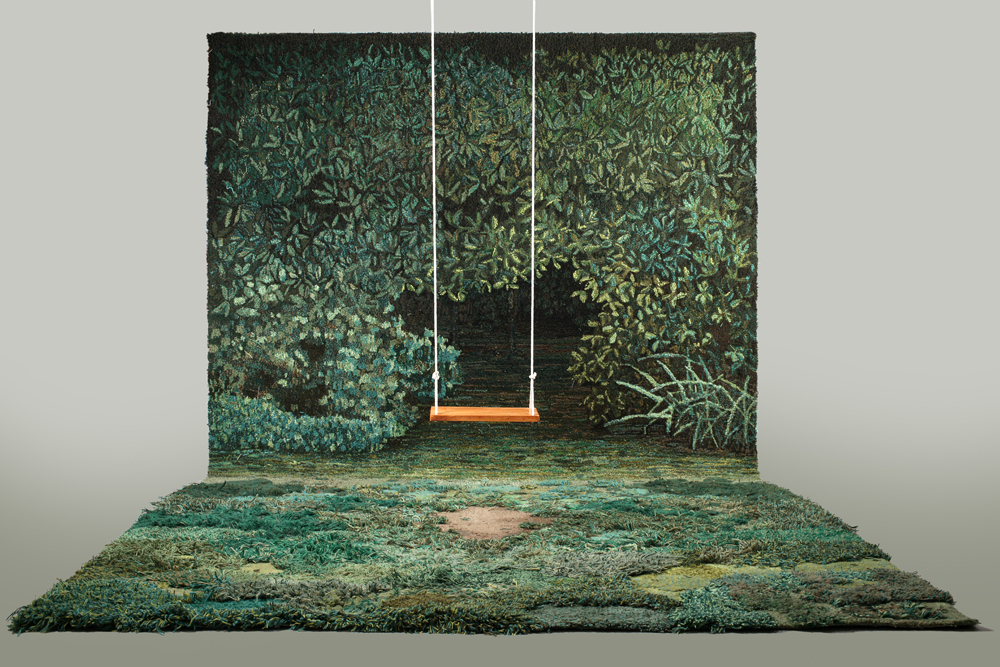
Alexandra Kehayoglou. Shelter for a Memory, 2012. Wool, paint, wood, rope. Photo: Artist’s website.
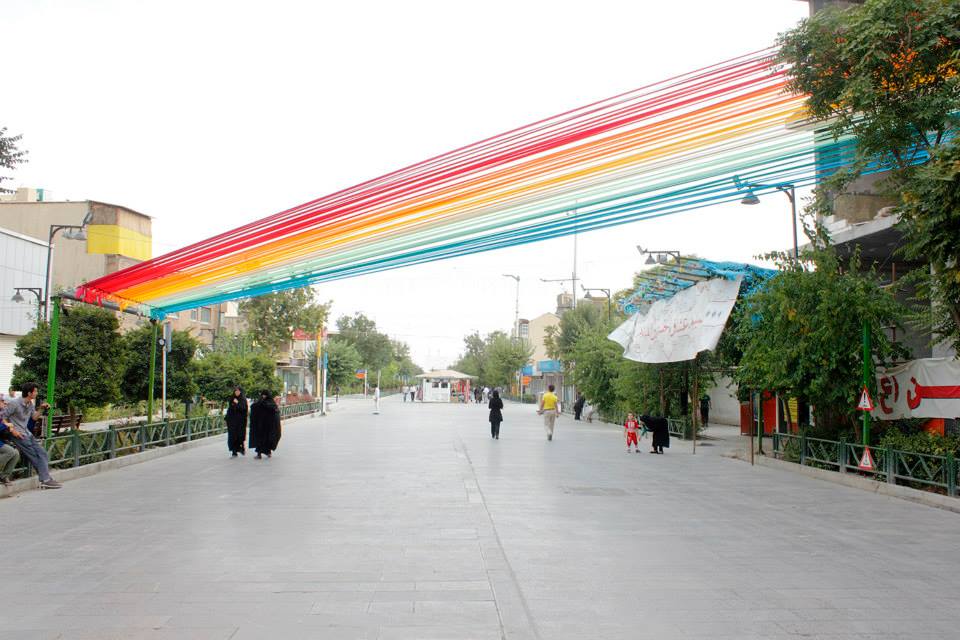
Hanieh Alizadeh, Mahmoud Ganji, Mehdi Rabie (EOT design studio). Whispering Rainbow, 2012. Satin ribbon. Hefdah-E-Shahrivar Street, Tehran. Photo: EOT design studio’s Facebook.
This text was originally written for a class titled Installation Art: Design & Change at Pratt.
You can also read more pairings on the Pairings: Blog set up by our professor, Kim Connerton, PhD.



